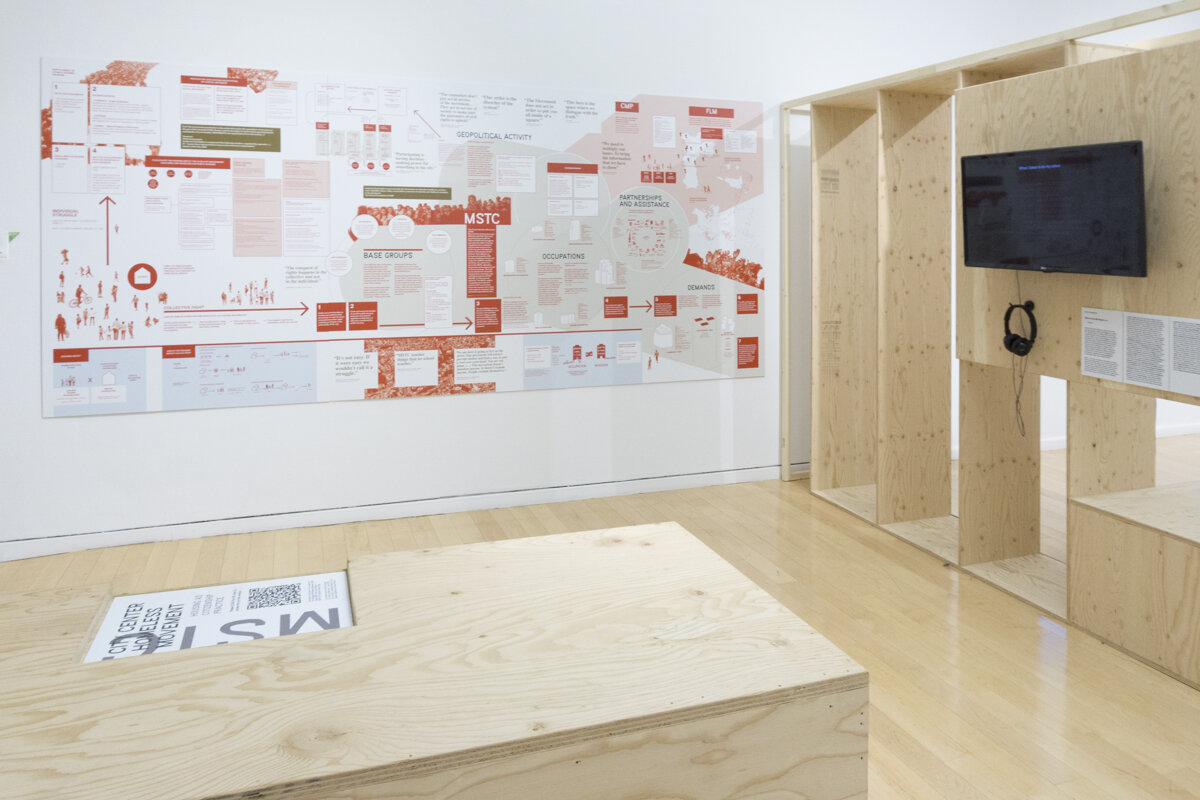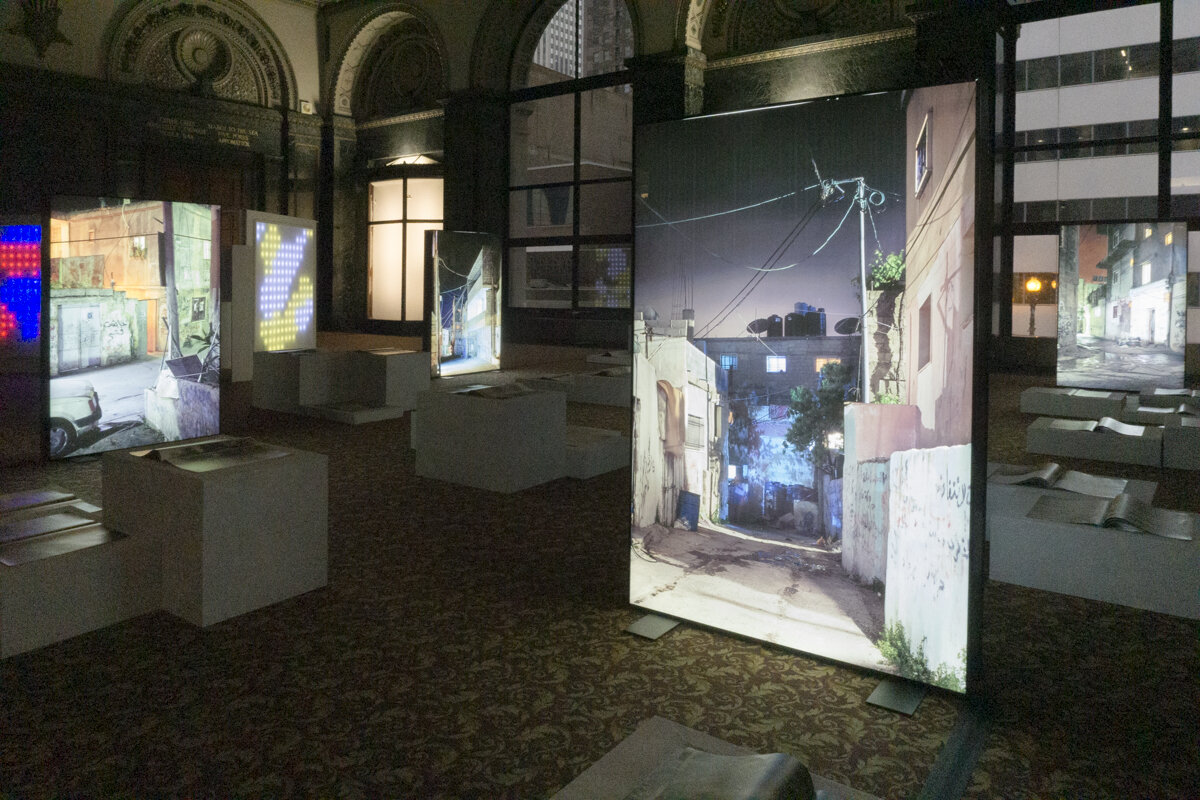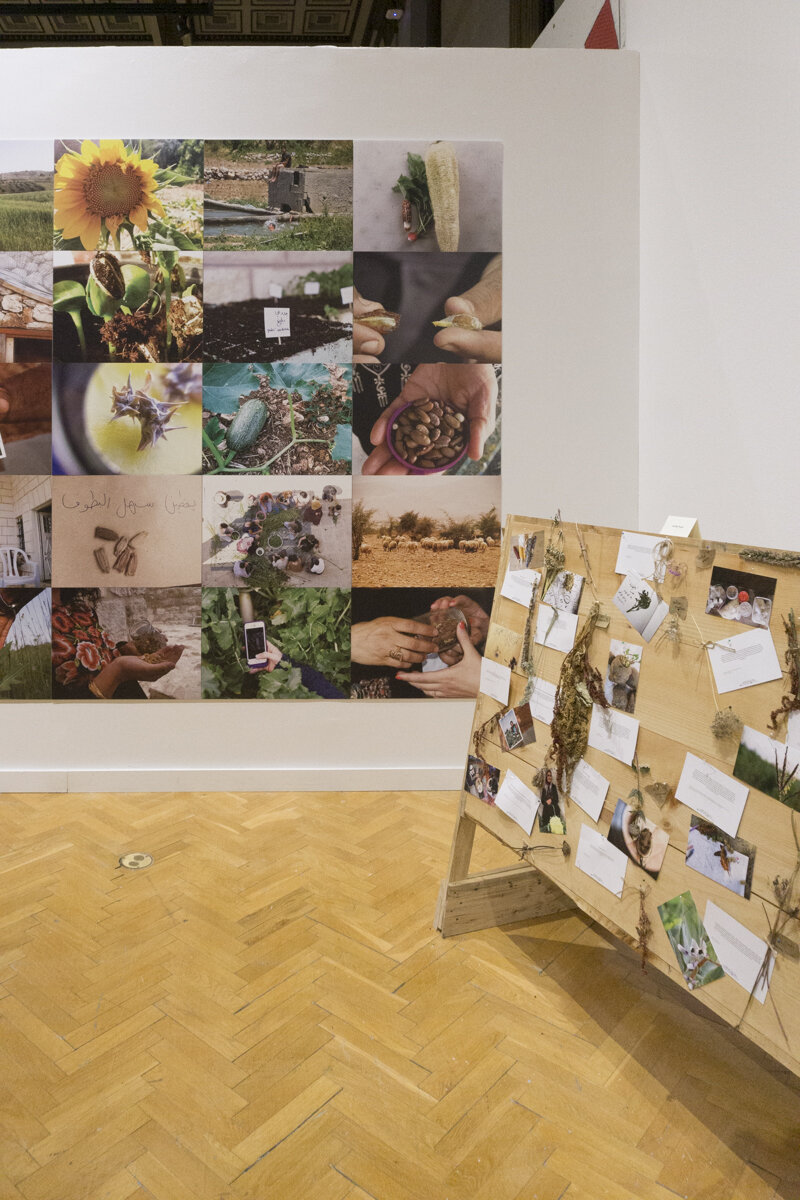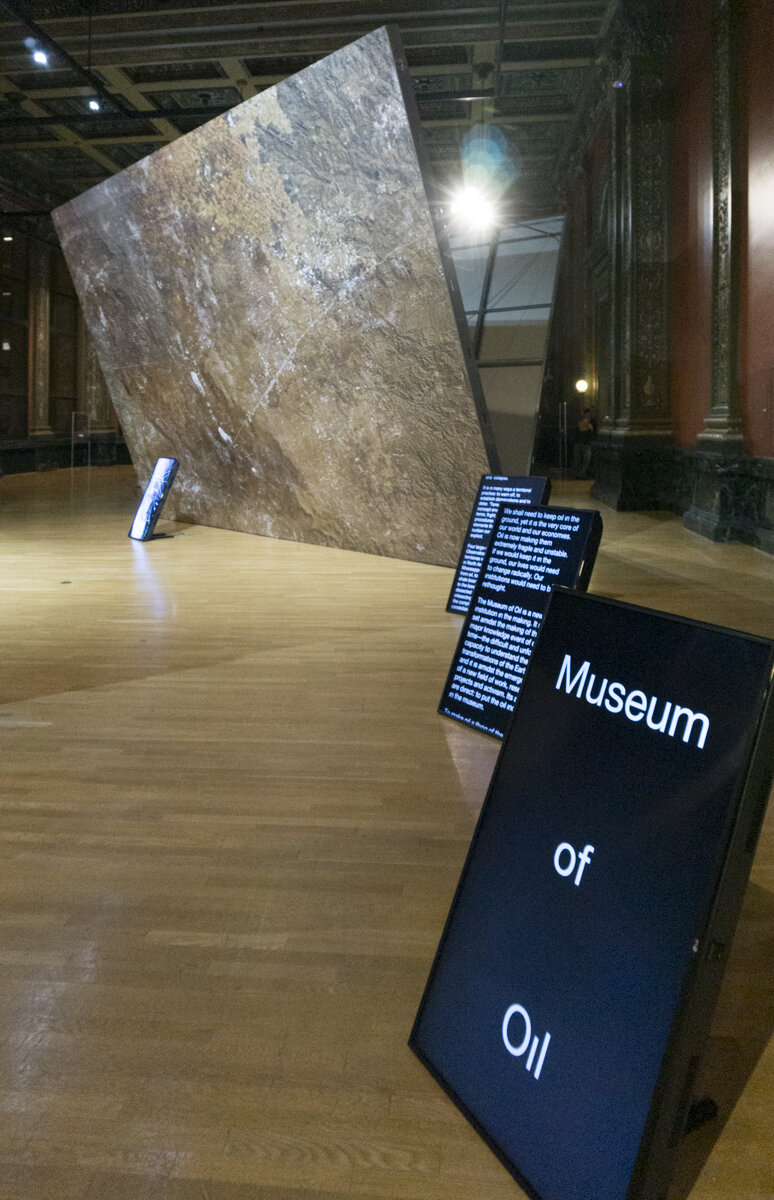The Chicago Architecture Biennial opened once again last fall, and ran through January of this year. The title of this third edition of the biennial was “... and other such stories.” The curatorial statement on the biennial’s website has this to say about the overarching theme:
“[it] is rooted in close readings of the spatial realities of its host city. Sitting at the crossroads of the Great Plains and the Great Lakes, Chicago has been shaped by planetary forces: colonial expansion, mass migration, extraction economies, and rapid industrialization. Thus, Chicago’s urbanism is inextricable from the flows of people, goods, and capital—and the concurrent exploitation of bodies, labor, and nature—that have contributed to its making. Today, despite the promise of economic development, Chicago, like many other established and emergent global metropolises, faces challenging urban conditions that require the reimagining of forms of exchange between human activity, technology, and the natural world. By extension, owing to its physical geography, Chicago is a singular context in which to address climate and ecological concerns shared by many postindustrial societies.”
How Together space for communal gatherings, talks, and other activities.
My work and school schedule made attending challenging, so I only had the chance to spend a few hours over the course of a couple of days. I’m glad I was able to attend regardless, because it was an amazing series of works that spanned a number of different topics in the field of architecture, urban planning, design, activism, and climate change. To see so much content relating to the tangible impact the built environment has on society was really refreshing. This wasn’t just a series of exhibits about the beauty of design, rather the curators made the choice to focus on pressing issues facing all of us today.
Exhibit on the intersection between sanity and equity across the globe
There were so many works that drew me in, but a few in particular really stuck out. The first was a series of plexiglass panels that could be found throughout the Chicago Cultural Center, the host building for the biennial. The project was called Decolonizing the Chicago Cultural Center. The American Indian Center worked together with the Settler Colonial City Project to develop a series of interventions throughout the building. The writing on each of the panels call out specific aspects of design and symbolism in the Cultural Center, and the “hidden stories of colonial violence embedded in the building and its materials, commemorative plaques, and ornaments.” It was grounding to consider these histories and how they show up in our built environment, especially since so many of us - largely those with some degree of privilege - don’t know about or haven’t been negatively impacted by these events.
Decolonizing the Chicago Cultural Center panel, this one discussing tributes to the Civil War built into the building
One space I really enjoyed was the Anarchitectural Library (against the neoliberal erasure of Chicago’s common spaces). A small library was set up, organized by subject, and complete with a small reading area. The project description:
“Anarchitectural Library addresses the Chicago Cultural Center’s history as the city’s first public library, an institution conceived in part as a space to “civilize” an unruly population of immigrants, workers, socialists, and anarchists. Whereas the original library responded to the specific struggles of the late nineteenth century by pacifying political demands, Anarchitectural Library gives voice to contemporary organizations fighting to keep alive spaces that produce and maintain urban life and collectivity. The library houses printed publications submitted by Chicago-based activists, organizers, and researchers whose work resists public housing destruction, school closures, loss of industry, environmental degradation, and mass incarceration. The public is invited to peruse and discuss its contents.”
Wrapping up library school, an exhibit centered around information exchange and connection definitely resonated with me. But diving even deeper, the focus of topics in this collection speaks to the needs of so many in our city. It was wonderful seeing folks visiting the biennial browsing the selection of books and pamphlets, and engaging in conversation.
Anarchitectural Library
Two other works looked at the housing crisis in São Paulo and how a lack of affordable housing has impacted so many in the city. The work What does an ethical landlord look like? provides some useful contextual information about both the city and country. Stated boldly on one of the panels: “There are more vacant houses than people in need of a home - 6.3 million = Brazil’s housing deficit, 7.9 million = the number of vacant homes in Brazil.” Provided too are statistics about the money São Paulo spends on rental vouchers ($37 million annually) and the average time spent commuting to and from the city (4 hours). The work looks to collective actions as a way of addressing these issues. FICA is one such group, “a crowdfunded real estate fund created and managed by a nonprofit organization comprised of architects, designers, teachers, researchers, and activists… FICA’s goal is to guarantee permanent, affordable housing in São Paulo… by buying apartments in the city center, renting them at below-market rates to those in most need, and using the rental income and donated funds to acquire further apartments.” The work presented at the biennial is a replica of a five hundred square foot apartment, the first unit purchased by the group.
Panels from What does an ethical landlord look like?
An overall view of the floorplan
In the second installation on São Paulo, titled MTSC - Housing as Citizenship Practice, a series of videos, interviews, protest banners, booklets, and infographics show how some folks are pushing back in a more direct way. This work looks at the group MTSC in particular, and how the group has organized mass occupations of vacant properties to put pressure on the government to provide affordable, public housing while also providing shelter for individuals and families who need it. MTSC has used a variety of strategies to accomplish their goals, and it was fascinating to learn about what can be accomplished when people come together.
View of some of the many amazing elements to MTSC - Housing as Citizenship Practice
There was so much information packed into this exhibit
I left the biennial full of questions and ideas, and had some great conversations with friends about topics presented. I didn’t know quite what to expect of the theme of the biennial, but I certainly didn’t expect to leave feeling so engaged. I hope that future biennials will continue along this thread of engaging in immediate challenges we face.
Works looking at ownership, occupancy, and the need for new (not capitalist-based) systems for equitable housing
Works looking at architectural erasures in various societies and cities throughout the world
Works on exclusion and which advocate for a more inclusive future
The incredible and devastating Gun Violence Memorial Project
Works about landscapes of resistance, recovery, and resilience
Works evaluating the relationship between humans and our natural environment, and which show the need for new ways of cohabitating with the world around us



























































































































